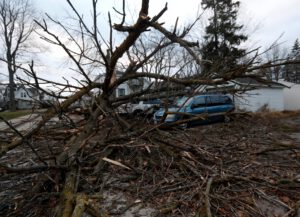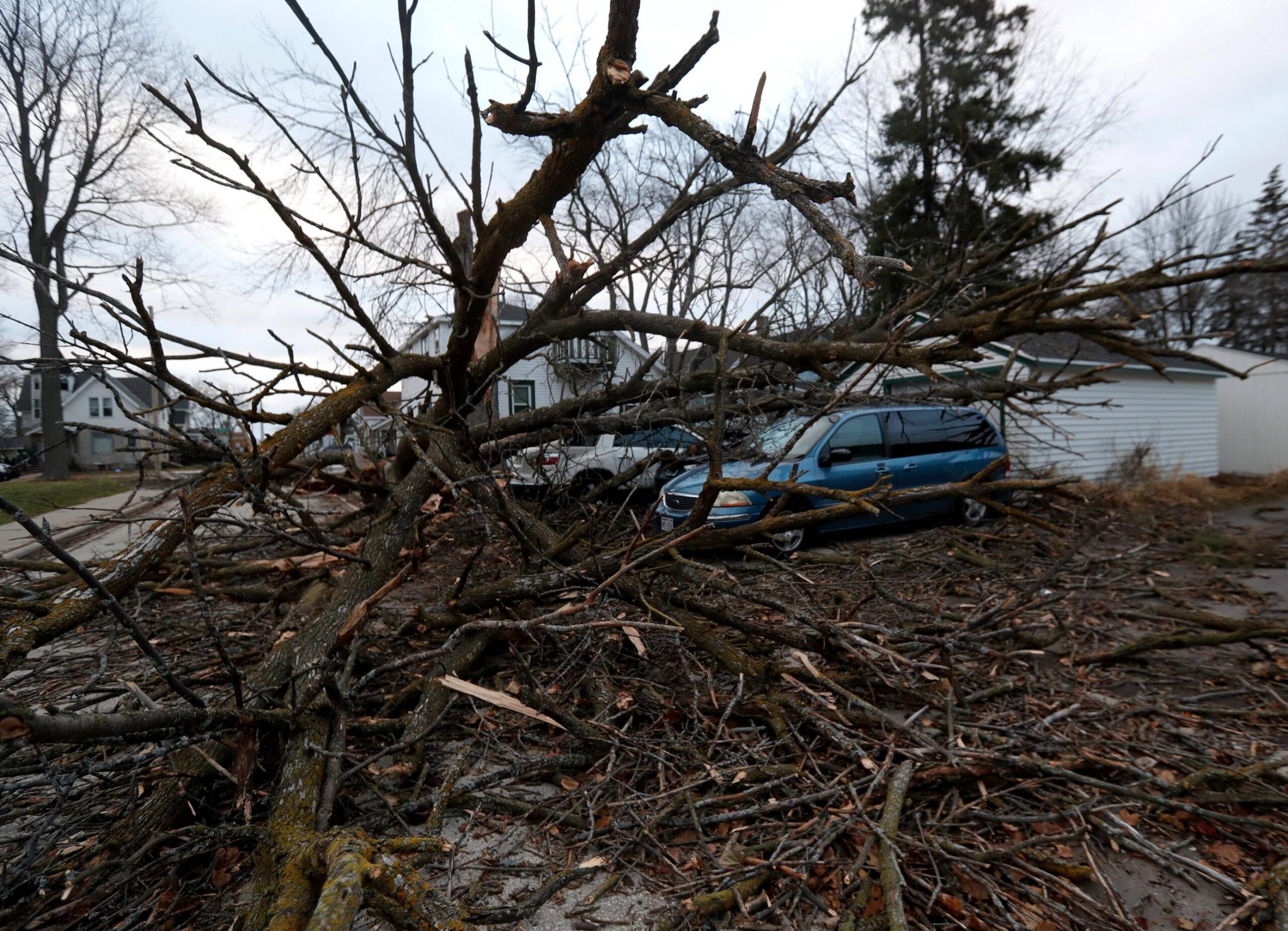Whenever a strong wind storm hits, you need to be prepared and be ready to protect your family and property. There are several precautions you can take, such as avoiding driving in a wind storm and keeping a close eye on your home and its surroundings to make sure you don’t experience any major damage.
Developing Wind Storm plan is one of the best ways to protect your home and possessions from a potential storm. There are four important areas to consider: the roof, the windows, the doors, and the basement. In addition to these important areas, you should also check the sump pump and battery backup. You should also make sure to remove any debris from the exterior drains and gutters.
For the best chance of surviving a storm, you should assemble a basic emergency kit in a safe place. This kit should include nonperishable food items, bottled water, clothing, and a portable radio. You should also assemble an emergency list of emergency services and places to go in case of an emergency. You should also be aware of the local weather and check with the local media for updates.
In the event of a severe storm, you should be prepared by boarding up your windows, removing loose boards from your fences, and pruning branches that are within ten feet of your home.
Using precautions when driving in a windstorm can save you and others from a life-threatening accident. While high winds are not uncommon, they can cause problems for drivers of all types of vehicles. High-profile vehicles such as SUVs and trucks are particularly at risk. These vehicles have large surface areas, and when the wind blows, the vehicles can lose control.
If you’re driving in a windstorm, you should be prepared to pull over when it becomes unsafe. Drivers should also avoid driving over downed power lines and bridges. Also, drivers should be extra vigilant when passing open straightaways and overpasses.
The best advice for driving in a windstorm is to keep a firm grip on the steering wheel. Increasing speed can make steering difficult and increase your risk of losing control of the vehicle. Speeding also causes overcorrection, which may result in a rollover.
Fortunately, the damage done to your property by a windstorm can be quickly assessed and repaired. However, there are some things to watch out for when checking for wind damage.
In general, a high wind may have blown down trees and other items that can pose a risk to your home or property. Check your windows for broken glass and cracked weatherstripping. You also want to check your roof for any loose shingles or dents.
Another thing to look out for is water damage. When the winds are high, water can flow down the roof beams. It’s also possible that water can find its way into your home through existing openings. Depending on your particular location, it may be worthwhile to contact your utility provider.
Other structures that might be impacted include sheds, fences, and detached garages. You might also want to check your air conditioners for damage.
Taking the time to avoid downed power lines, trees with hung-up broken limbs and areas of your home that have visible structural damage is important. These items may cause momentary power outages and may be dangerous. If you find any of these items, report them to local officials as soon as possible.
You should also be aware that the distance between your tree and the power line will depend on the size of the tree and the height of the line. It is also possible for branches to shift to contact the line. The best way to avoid the risk is to work with a professional tree service company.
You should also make sure that the tree you cut is not leaning toward the line. This can cause serious damage to the tree.
To avoid this, keep your ladder in a safe place. Also, don’t attempt to climb up a tree. It offers an insurance-backed tree service for this type of job.
During a storm, there are many dangers to be aware of. A downed power line is one of the most dangerous. If your home or business is at risk for storm surge flooding, you may need to evacuate.
A tree with a broken limb is also a major hazard. If a tree limb comes in contact with an electrical line, it can cause a fire or electricity. It’s not a good idea to prune trees near electrical lines.

